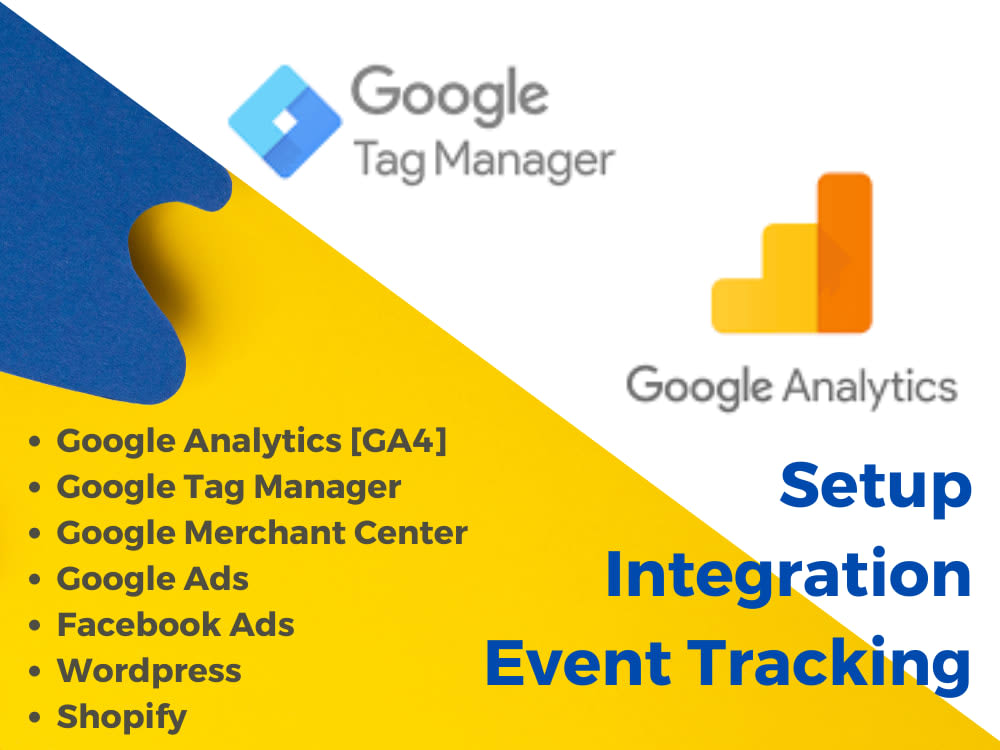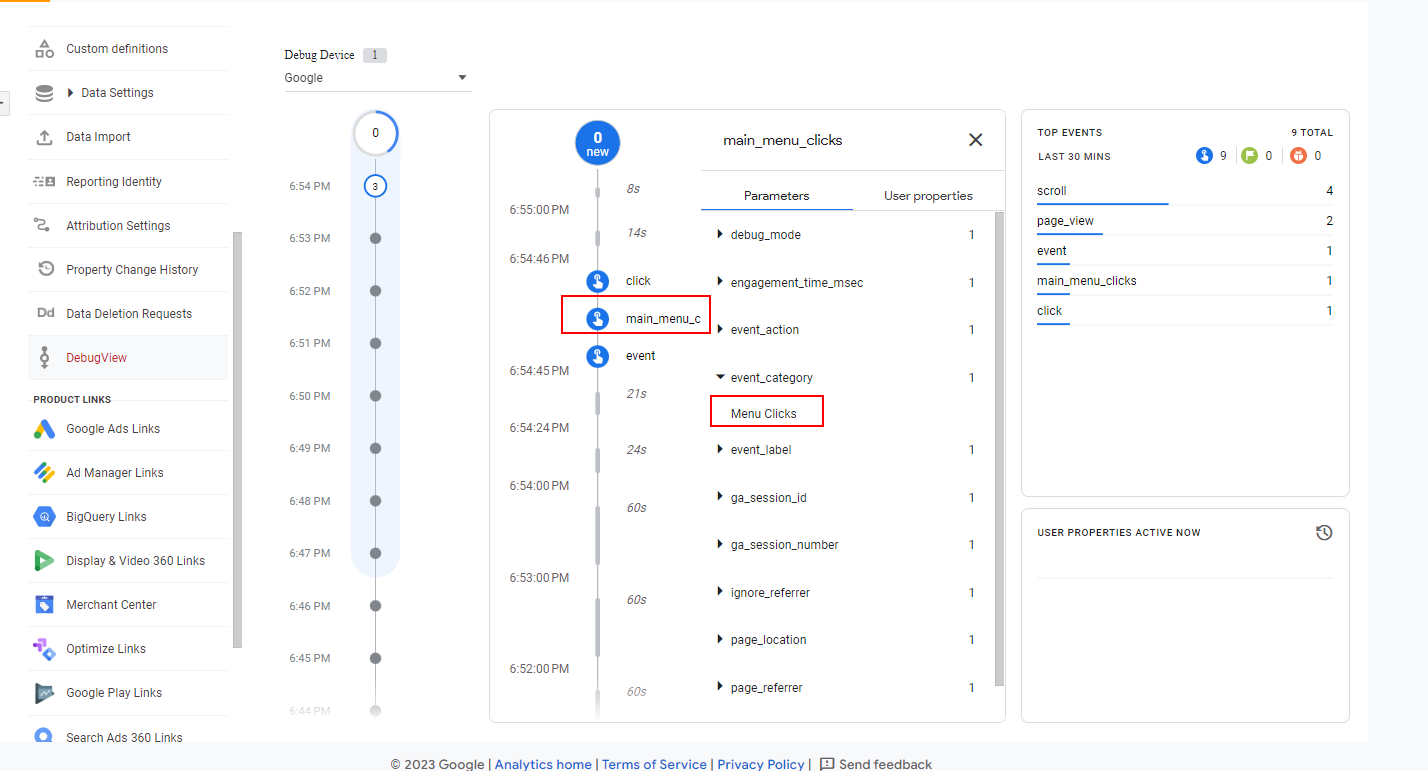Indicators on Google Analytics Event Tracking You Should Know
Wiki Article
The Basic Principles Of Google Analytics Event Tracking
Table of ContentsThe Best Strategy To Use For Google Analytics Event TrackingThe 5-Minute Rule for Google Analytics Event TrackingThe Ultimate Guide To Google Analytics Event TrackingWhat Does Google Analytics Event Tracking Mean?The 45-Second Trick For Google Analytics Event TrackingThe Only Guide to Google Analytics Event Tracking

If you're going to establish up event monitoring by hand, then you're going to need to include some extra code to the elements you intend to accumulate data from. The code you're going to deal with will certainly look something similar to this: There are four parts within that code snippet that you're going to require to specify yourself: occasion, Group, event, Action, occasion, Tag and event, Value.
As you can see, 2 of these are called for (category and activity) while label and value are optional. All of it depends on the type of details you want communicated back to Google Analytics when a customer clicks on the defined aspect (Google Analytics Event Tracking). It will certainly be much less complicated to specify these components if you analyse your site and determine which elements/actions you want to track
Get This Report on Google Analytics Event Tracking
Now, you'll be asked to define the and and you'll wish to select from the drop-down menu that appears when you click. This will certainly bring up the same event monitoring parts we looked at earlier, which you'll require to submit. When you've specified these, you can relocate to the second box and choose the trigger that will certainly terminate your tag.On the next screen, you'll additionally have an area for naming your trigger and, if you click package, you'll see a checklist of the various triggers you can choose. In this situation, we wish to pick and after that pick the alternative below. You'll set the trigger to just terminate when a component is clicked with an URL that includes the.
Simple - Occasion monitoring! Occasion tracking provides you an image of how users engage with your internet site and business. Check out on as we check out every little thing you need to know, including what it is, why you must track occasions, how to manage events data, and various other pertinent Frequently asked questions you may have.
Some Of Google Analytics Event Tracking
You can switch over in between your event categories, actions, and labels in the Top Occasions report. This report is important for digging additionally right into study on a details occasion classification. The Event Pages report displays the web pages where occasions are activated. In this section, we can analyze the top web pages that drive occasions.Events in Google Analytics have 4 main components. Google Analytics utilizes these codes to track customer communications and team them into occasion records (Google Analytics Event Tracking).
A listing of the criteria you can track on your site is on the. After examining all required areas, you can click "X" to shut the window and return to the Summary food selection on the.
The Best Strategy To Use For Google Analytics Event Tracking

If you haven't done so, you might need to set up a variable in the Google Analytics Settings box. After this, enter your GA tracking ID in the Monitoring ID area.
Your ID will be on top of the display. To do this, follow the following collection of activities: After setting up the fields, select the "Triggering" section. When configuring your new trigger, click the "+" switch, then the try this site "pencil" switch, see page after that select your trigger type. Label your trigger and specify the problems that lead to cause firing.
The smart Trick of Google Analytics Event Tracking That Nobody is Discussing

When it comes to recognizing which areas and elements are assisting customers with your conversion channel, you still won't understand. So, without event monitoring, GA reports will only count gos to as single-page sessions, also if customers spend a great deal of time on one page and involve with it significantly (and a bounce).
Yet just how does event tracking achieve this?Single-page sessions referred to as bounces start and conclude on the exact same web page. Without occasion monitoring, GA will certainly identify an individual's go to as a bounce if they do not navigate to one more page, no matter how they interact with it. A video-rich page can have a greater bounce rate if occasions are best site not tracked.
The 20-Second Trick For Google Analytics Event Tracking
Nevertheless, for GA to take event hits right into account when determining bounce rates, you have to select "Non-interaction event" as "False" throughout the GTM configuration. Establishing "event objectives" with event activity is an exceptional way to keep an eye on individual activities you worth highly, such as brand-new lead submissions or click a phone call to activity.Report this wiki page